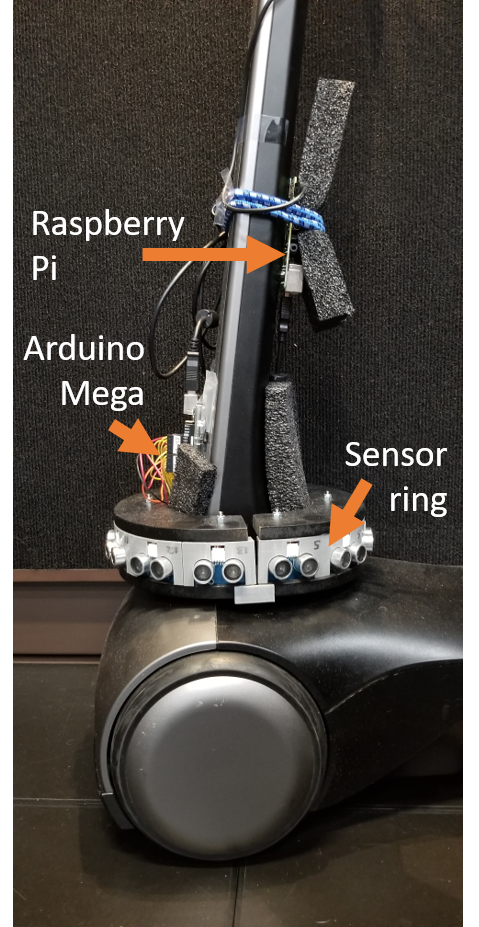
How Automatic Speed Control Based on Distance Affects User Behaviours in Telepresence Robot Navigation within Dense Conference-like Environments Article
Anil Ufuk Batmaz, Jens Maiero, Ernst Kruijff, Bernhard E. Riecke, Carman Neustaedter, Wolfgang Stuerzlinger
Abstract:
Telepresence robots allow users to be spatially and socially present in remote environments. Yet, it can be challenging to remotely operate telepresence robots, especially in dense environments such as academic conferences or workplaces. In this paper, we primarily focus on the effect that a speed control method, which automatically slows the telepresence robot down when getting closer to obstacles, has on user behaviors. In our first user study, participants drove the robot through a static obstacle course with narrow sections. Results indicate that the automatic speed control method significantly decreases the number of collisions. For the second study we designed a more naturalistic, conference-like experimental environment with tasks that require social interaction, and collected subjective responses from the participants when they were asked to navigate through the environment. While about half of the participants preferred automatic speed control because it allowed for smoother and safer navigation, others did not want to be influenced by an automatic mechanism. Overall, the results suggest that automatic speed control simplifies the user interface for telepresence robots in static dense environments, but should be considered as optionally available, especially in situations involving social interactions.
